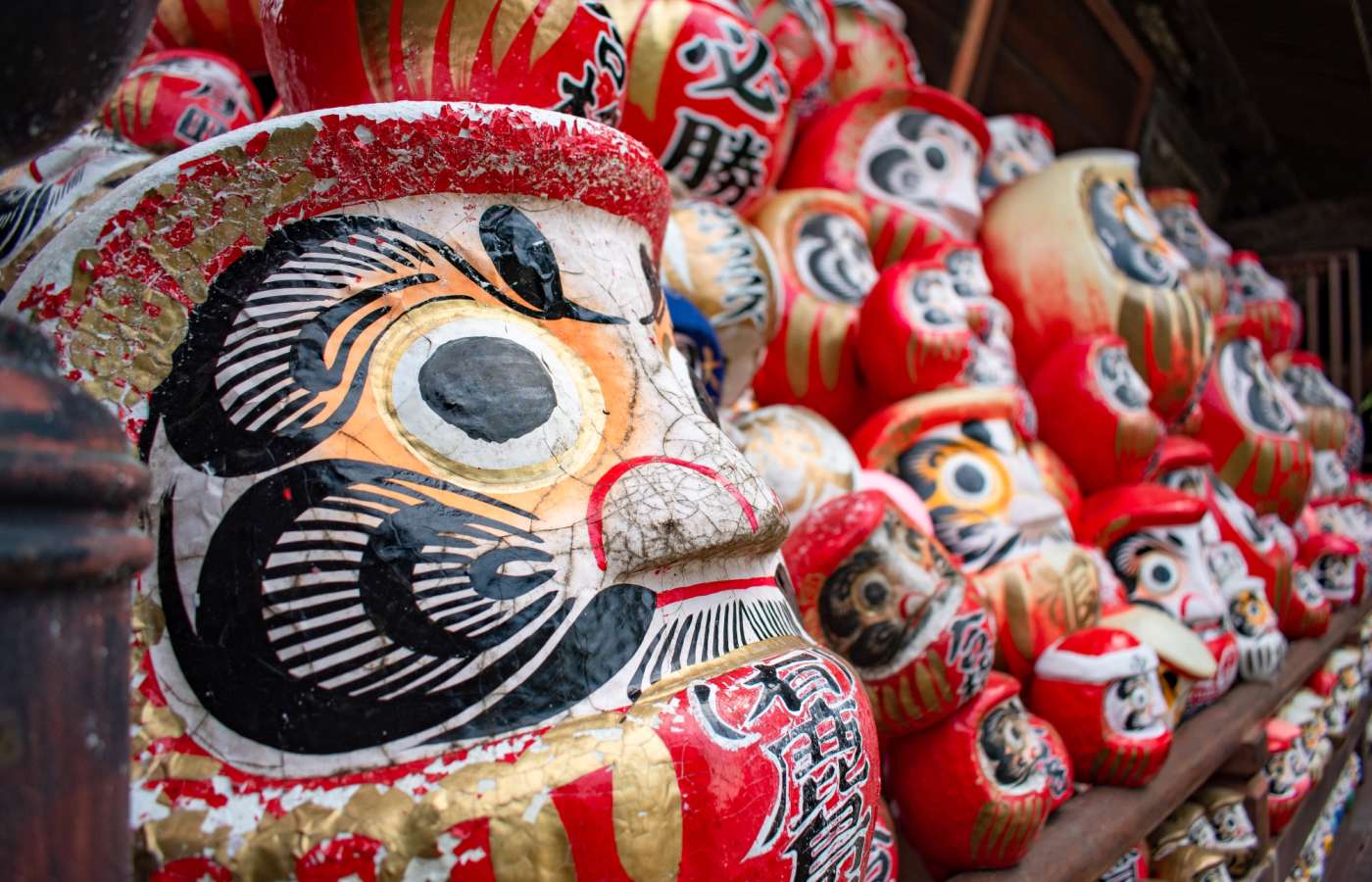
Takasaki Daruma dolls have over 200 years of history and are still a thriving tradition, being bought and gifted to families and companies to invite good fortune and positivity into their homes and offices.
Takasaki’s famous good luck charm: The Daruma doll
Records suggest that Daruma came from the unassuming city of Takasaki , Gunma, which today produces over 80% of the popular lucky charms.
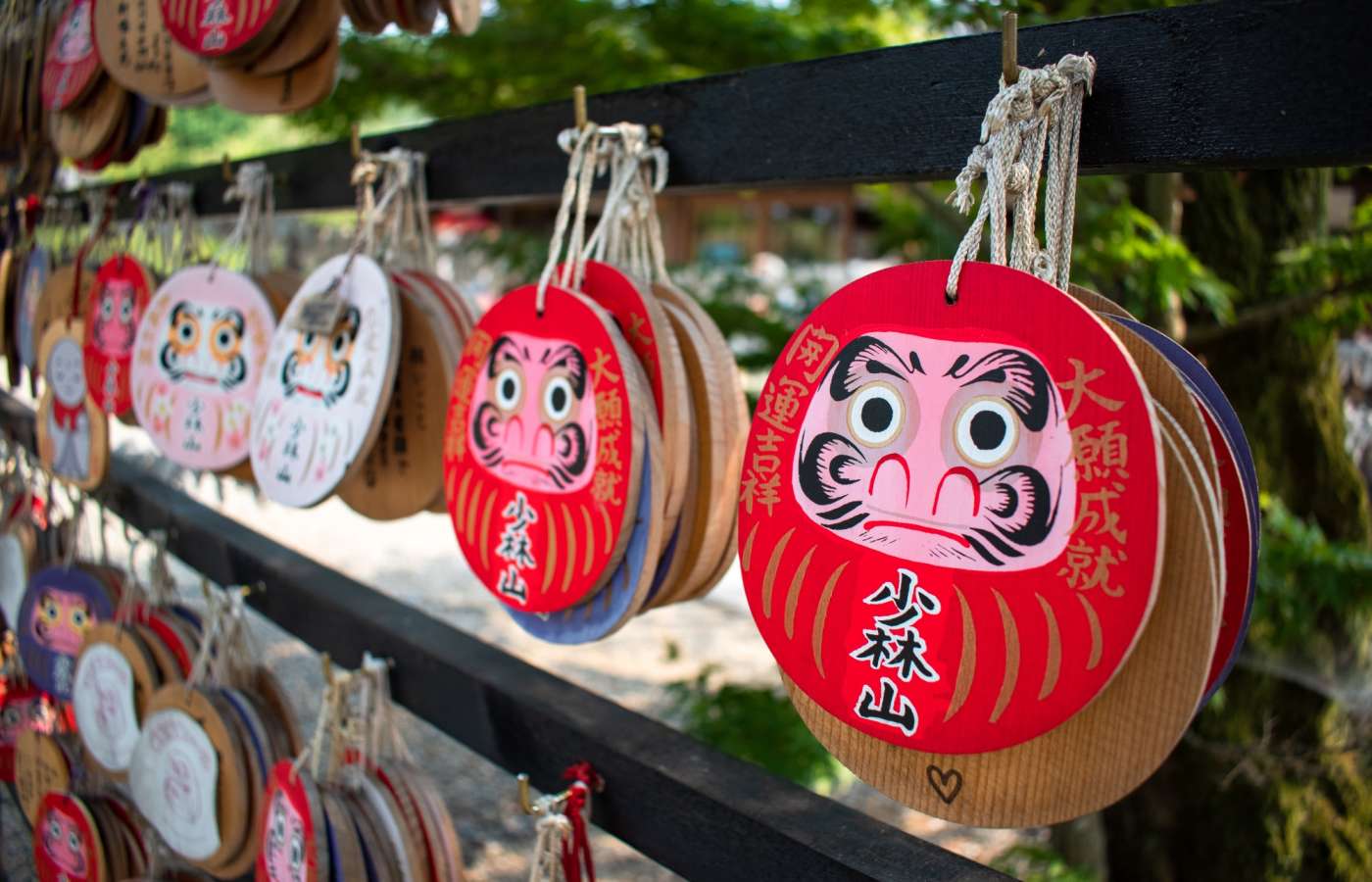
These Daruma are painted papier-mâché dolls, most commonly depicting the bearded face of Bodhidharma. Its spud-like shape is not a bug, but a feature: its rounded face embodies the Japanese idiom “fall down seven times, stand up eight,” harking back to the doll’s origins in Buddhism. The Daruma is honored as a good-luck charm, exchanged among family members and given to businesses as a conduit for good fortune and hope for the year to come.
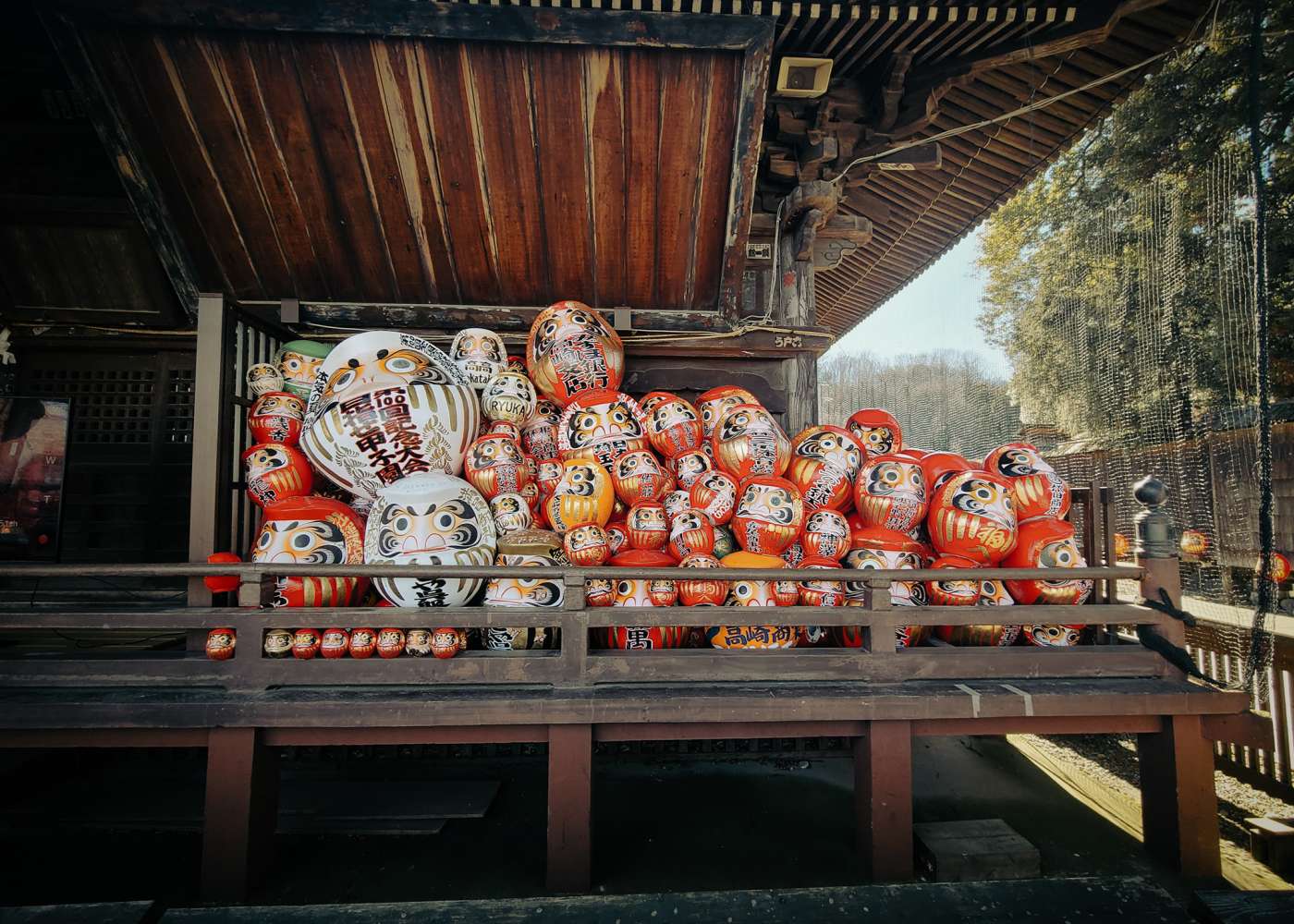
The history and symbolism of the Takasaki Daruma
According to records, Takasaki Daruma dollmaking took off 200–220 years ago, and their creator was Yamagata Tomogoro of Toyooka village. The art of Daruma dollmaking developed further in the Edo era in the city of Edo (modern-day Tokyo) when the city succumbed to a terrible smallpox pandemic. Citizens believed the color red would ward off the disease, and during the pandemic, the red dolls were often placed next to children's pillows. But the Daruma is no mere trinket of good luck; it depicts the face of Bodhidharma, the father of Zen Buddhism.
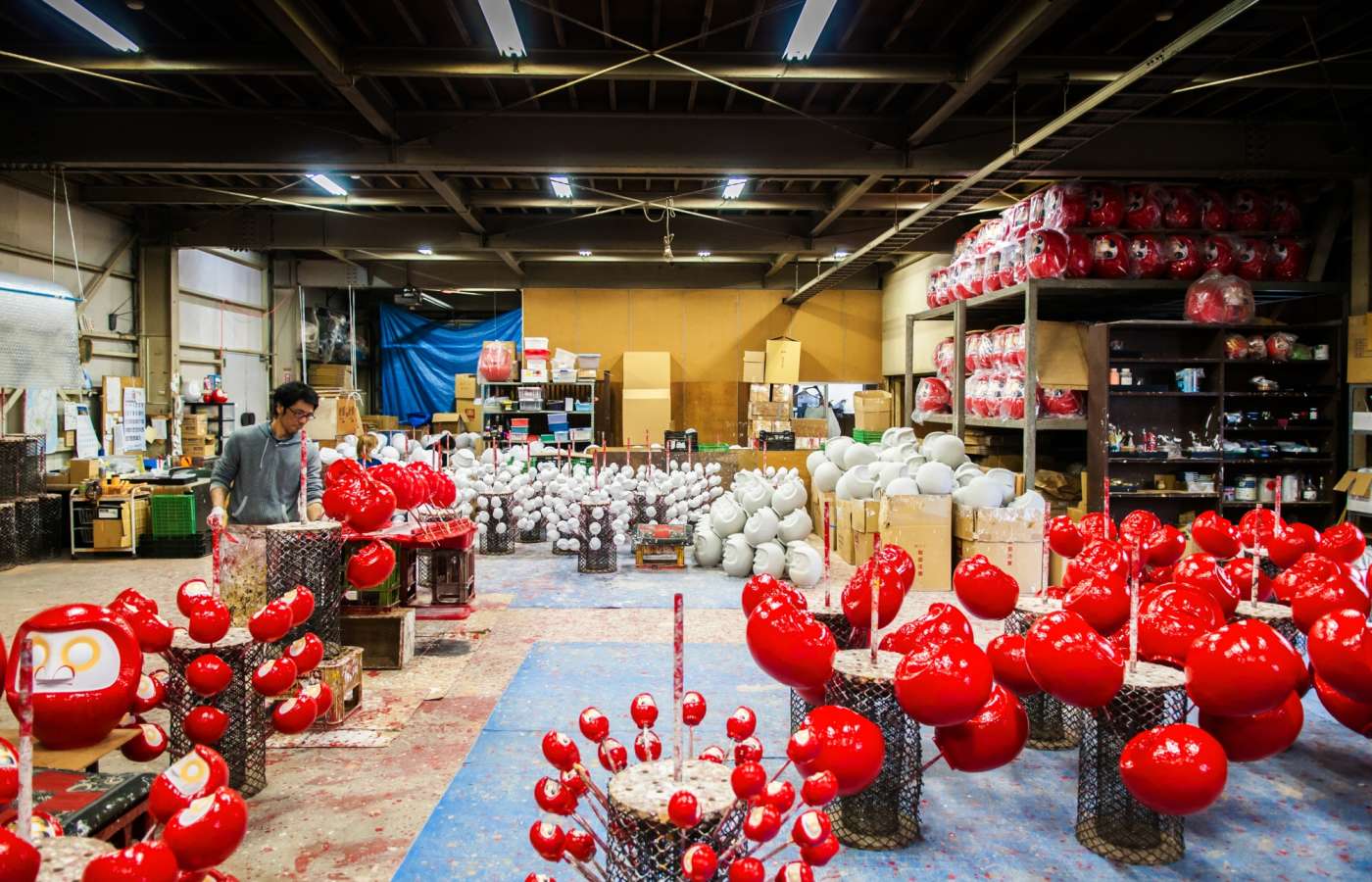
Bodhidharma is a legendary figure—a monk who is said to have lived between the fifth and sixth century CE. Famous for his powers of meditation, he would stare at a cave wall, unblinking, for several years. On the one occasion, he did blink, he became enraged with himself for his lack of discipline. For this transgression, he punished himself by cutting off his eyelids so he would never blink or sleep again. Nine years into his endeavor his arms and legs withered and fell from his body, inspiring this likeness in his papier-mâché counterpart.
A Daruma doll always comes with blank, white eyes. Those who hope to have their wish fulfilled must first fill in one eye to give the Daruma sight. If the wish is realized, you reward the doll with its second eye, fully restoring its sight. One year after buying the doll, it is customary to bring it to the temple where it was bought and have it burned on the grounds by a priest—whether your wishes were granted or not. This ritual is called “otakiage” and takes place every year in several temples around Japan. You can experience it for yourself at the annual Daruma Festival in Takasaki.
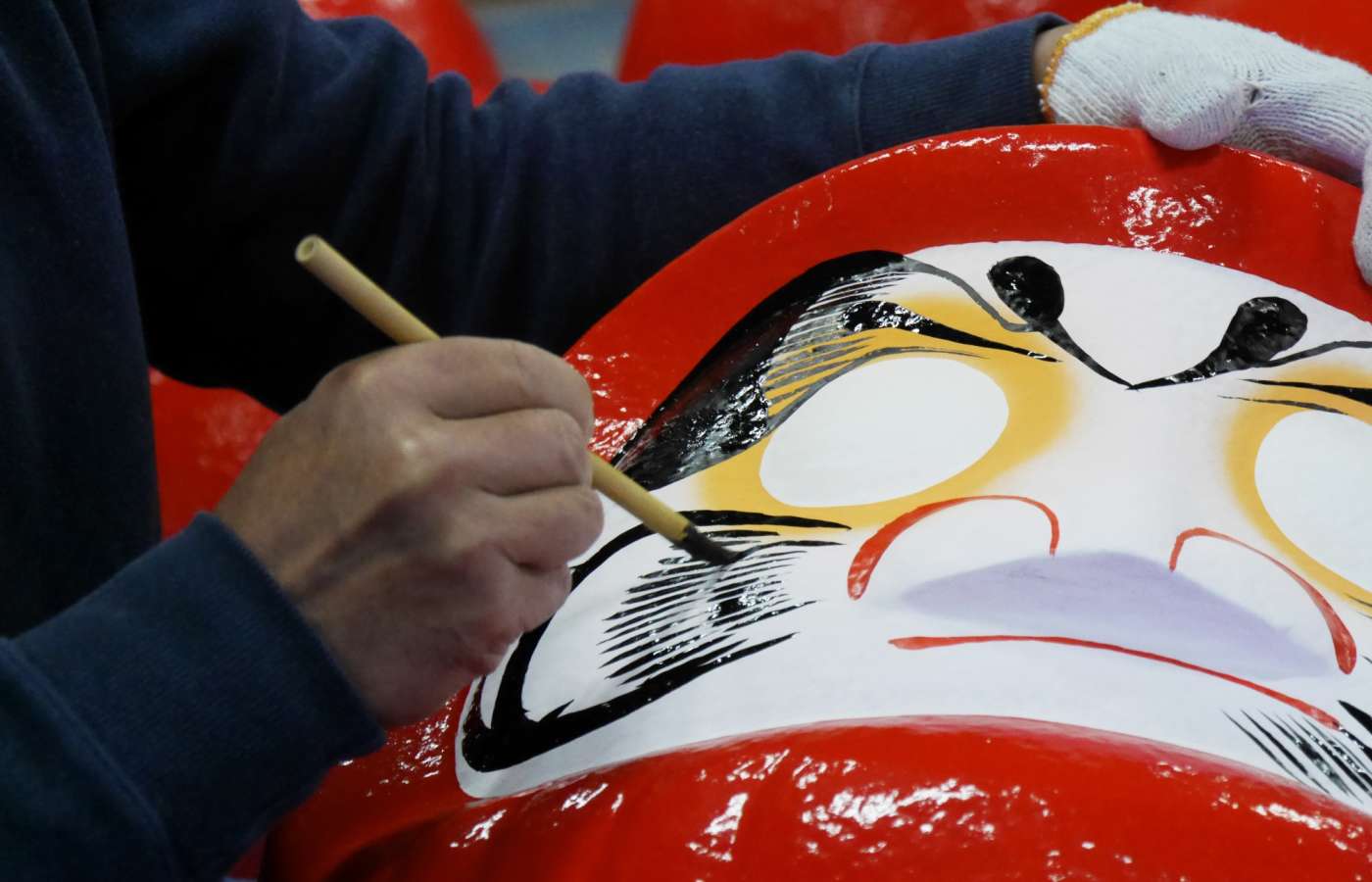
Shorinzan Daruma-ji Temple and the Takasaki Daruma Festival
Shorinzan Daruma-Ji Temple is said to be the birthplace of the Daruma-making tradition. Today, the area is the focus of cultural tourism in Takasaki. It features a range of Daruma in and around the temple, varying in size from the tiny to the enormous.
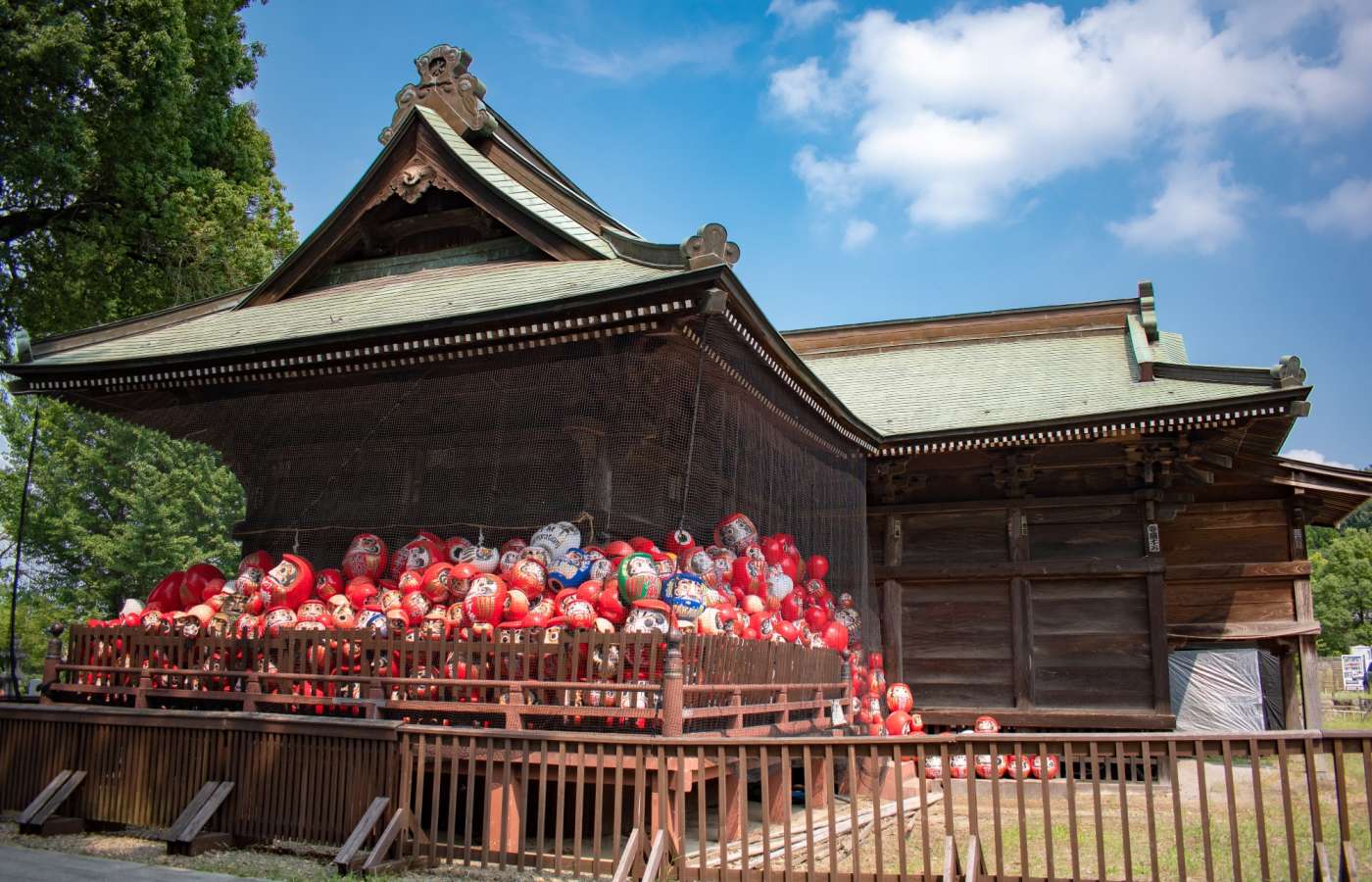
The temple grounds house workshops where you can paint your own Daruma. You can also buy Daruma-themed souvenirs in the several gift shops.

Each year on January 1–2 is the Takasaki Daruma Festival, a public festival held in the Takasaki city center in honor of the Daruma. Taking place outside of the west exit of Takasaki Station, this public event is a chance to buy Daruma at one of the many specialist stalls. Food trucks, lotteries and performances are also featured at the event.
Get hands-on with your own Takasaki Daruma creation
Takasaki has fully embraced its reputation as Daruma country and is home to many independent workshops offering tourists and residents alike a chance to experience the art of Daruma painting. Shops like Imai Daruma Naya offer great foreigner-friendly workshops, where you can drop by and make a Daruma to take home with you. The shops also offer their own unique styles of professionally painted Daruma for those who want to start a collection.
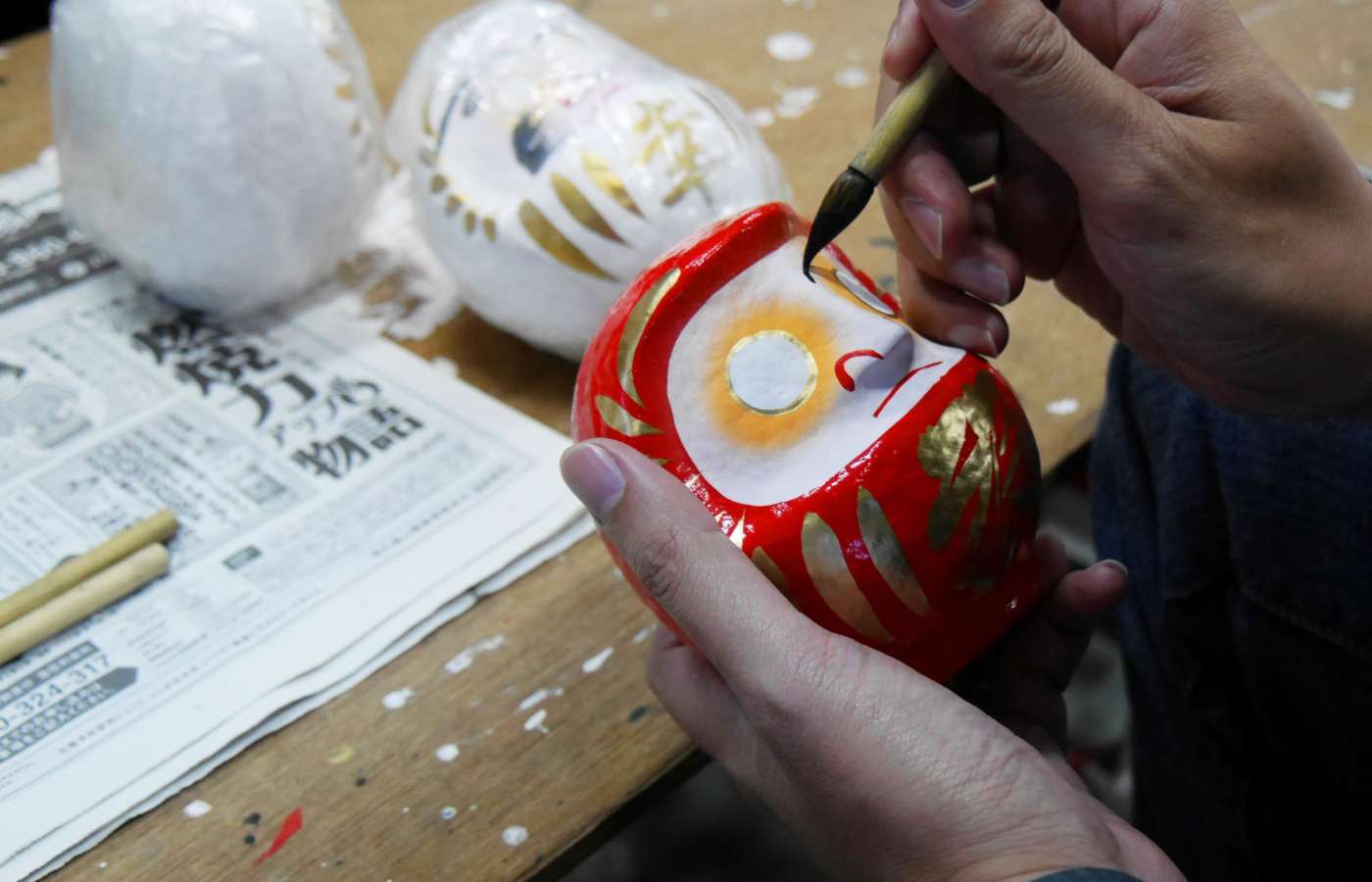
Daruma are rich in Buddhist symbolism. Even their characteristic facial hair holds great meaning. The eyebrows represent the crane, while the beard represents the turtle—two animals that symbolize longevity and good fortune in Buddhism. And don’t forget to choose your colors wisely: each color represents a different kind of luck, so make sure you choose the right color for the job! Aside from their colors, the dolls differ greatly depending on the shop and dollmaker, including different symbols, faces, shapes, beards and eyebrows unique to each artisan.
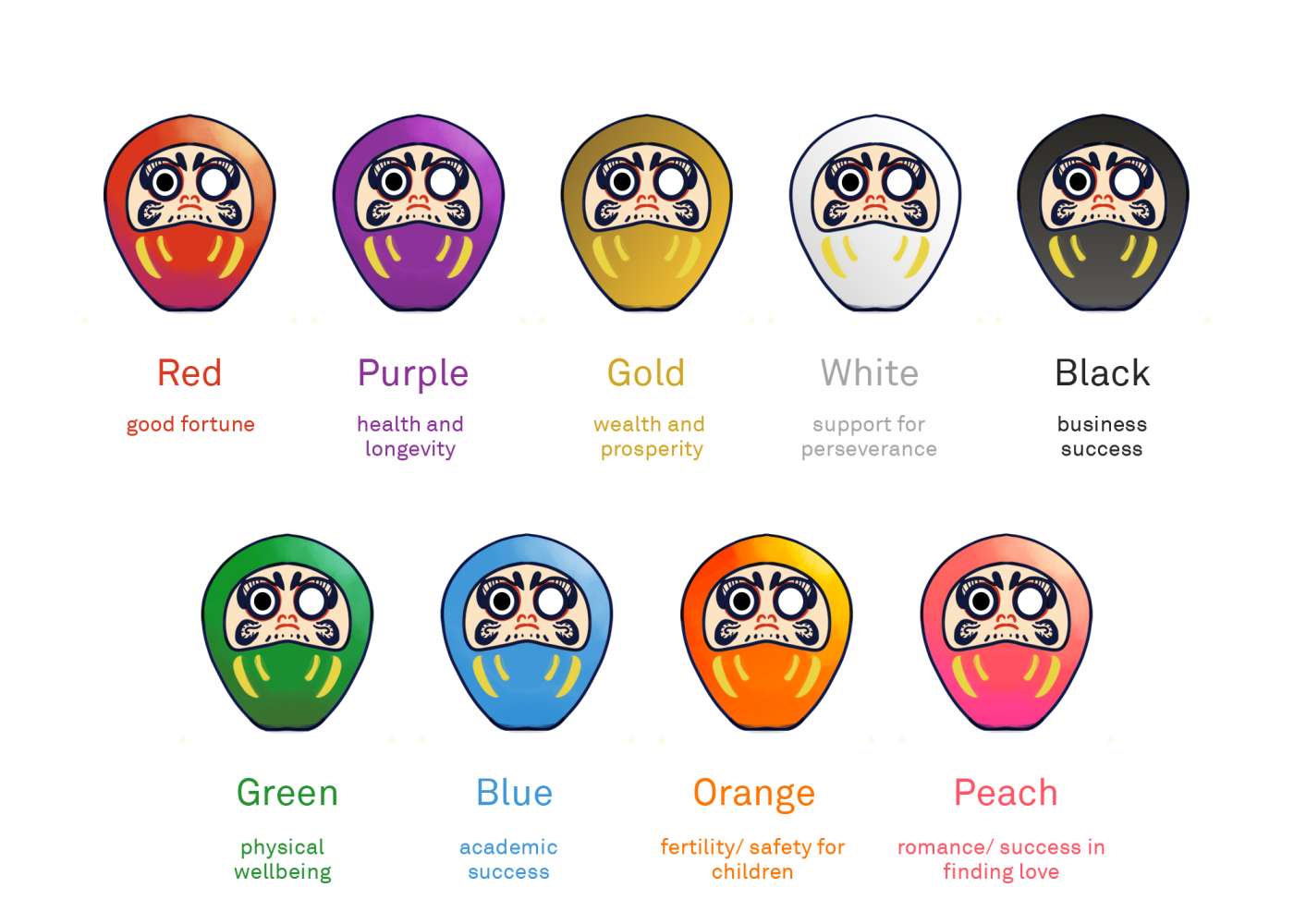
Daruma colors and their meaning:
● Red: General well-being and good fortune
● Purple: Health and longevity
● Gold/Yellow: Wealth and prosperity
● White: Support for perseverance (for exam stress, etc.)
● Black: Business venture success
● Blue: Academic success
● Green: Physical wellbeing
● Orange: Fertility / safety for children
● Peach: Romance / success in finding love
You may come across other colors too, so make sure to look at what they symbolize before you buy!
Takasaki Daruma have gone international!
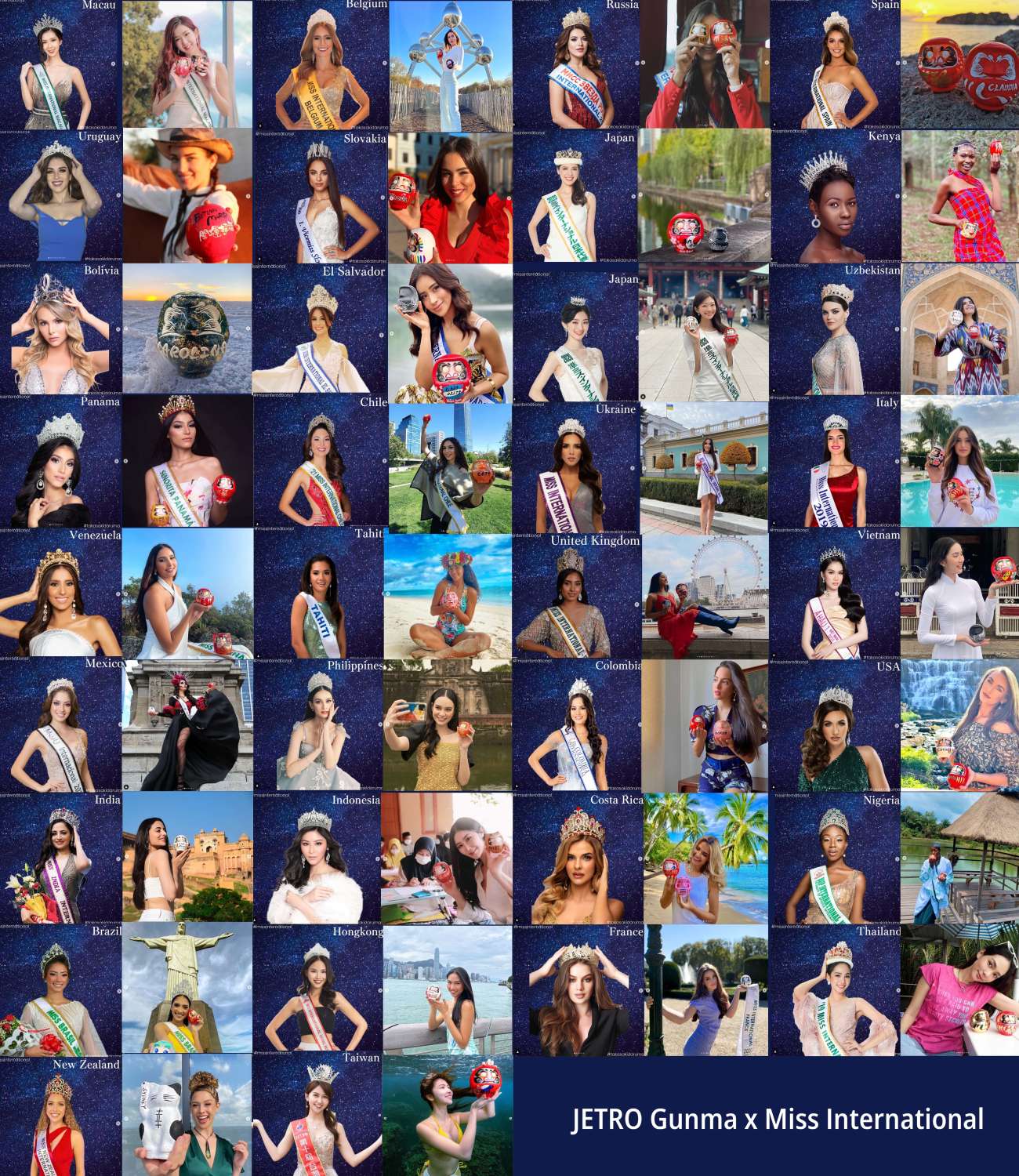
Source: JETRO Gunma Instagram
If all this talk of Daruma has caught your interest, you may be interested to know that the representatives of Miss International shared their customized Daruma, inspired by their home country, in collaboration with JETRO Gunma. See their creations up-close over on their Instagram page.
-
About the author
Author: Aidan McFarlane
Profile: After living a happy life in South Korea, Aidan moved to Tokyo to pursue a career in design and marketing. His hobbies include spicy cuisine, illustration, Israeli music and travel photography in Japan and beyond. His favorite places in Japan are Fukuoka and Hokkaido.





















































